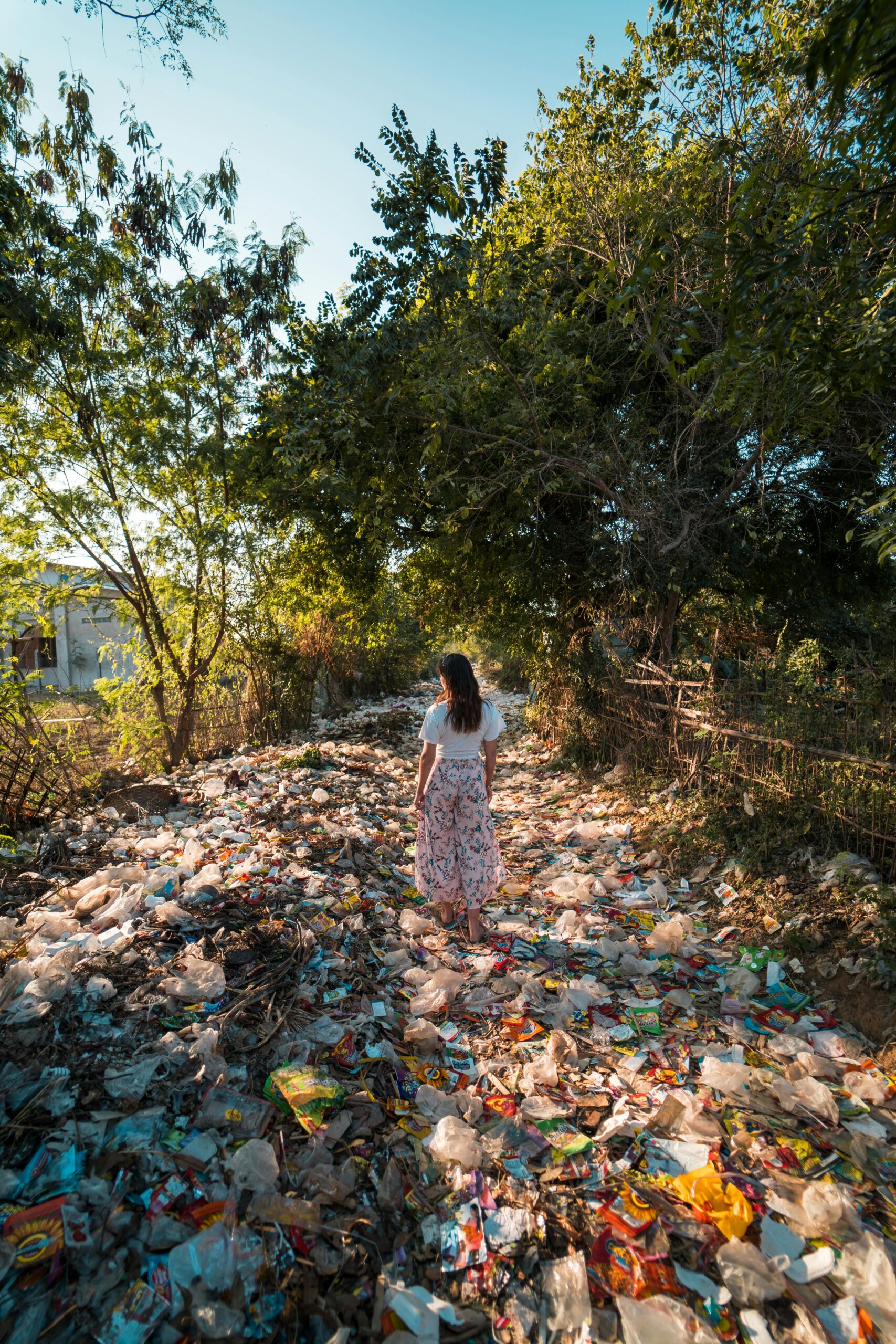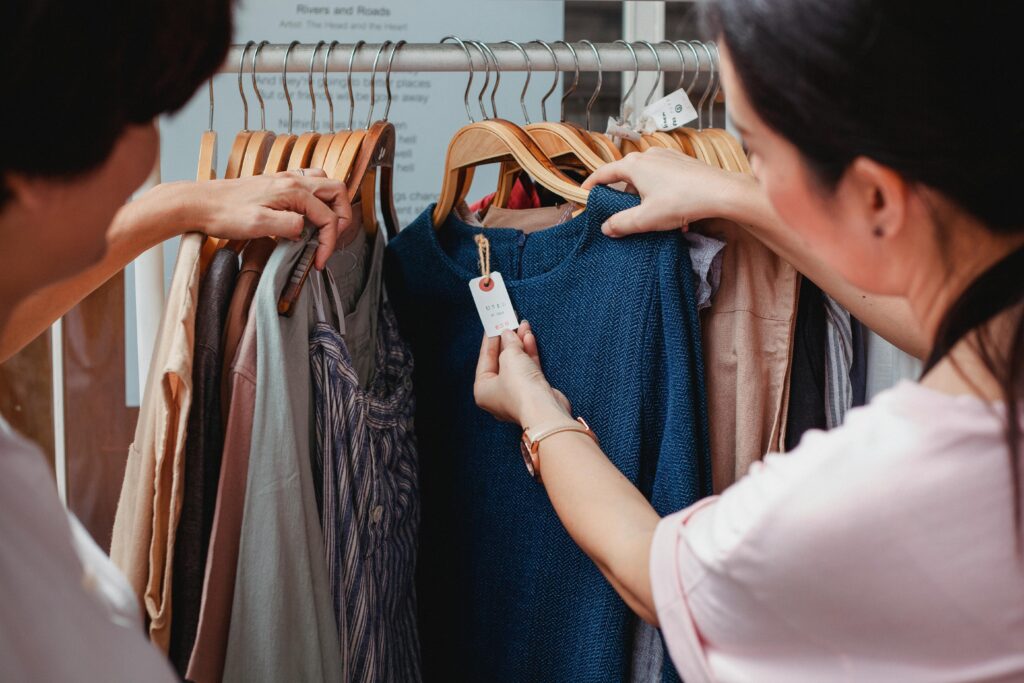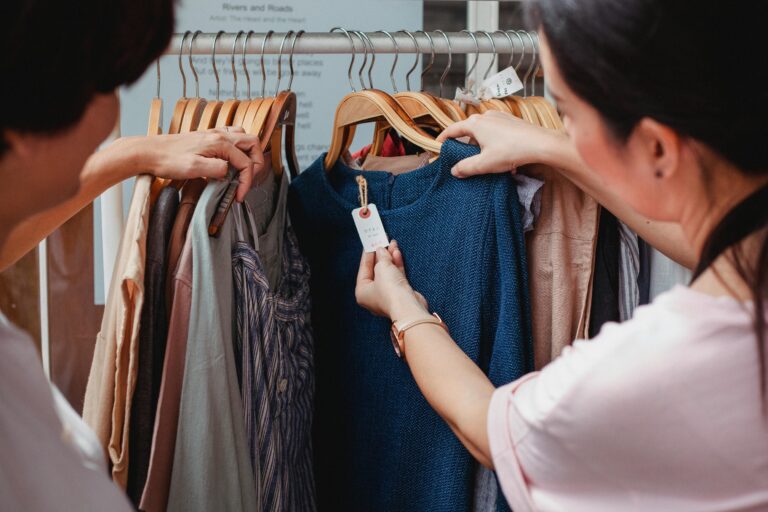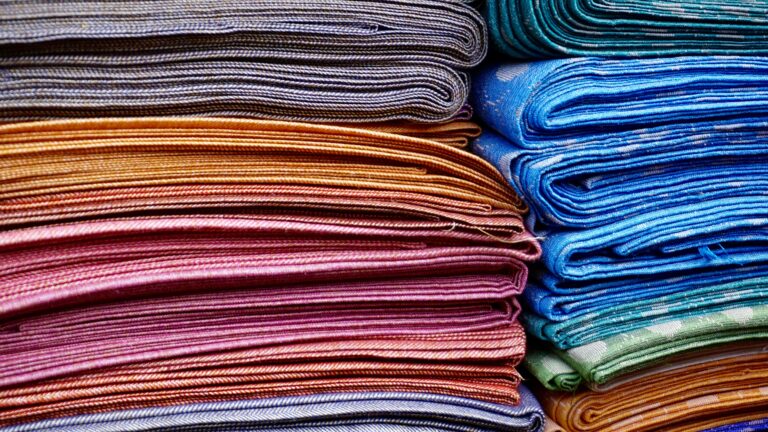Overconsumption is Draining You – Mentally, Financially, and Environmentally
Overconsumption: Why We Buy More Than We Need
We live in a culture that equates abundance with success. Open any app, scroll five seconds, and you’ll find someone selling a lifestyle – one that looks effortless, expensive, and highly curated. But behind that curated closet of $400 “clean girl” skincare routine is a deeper cost – one that we rarely calculate.
That cost is overconsumption – and it isn’t just cluttering our homes. It’s draining our bank accounts, burdening our mental health, and damaging our planet in ways that are no longer invisible – and may no longer be irreversible.
So, how did we get here – and more importantly, how do we get out? To answer that question, we first need to understand the root of consumerism.
What Is Consumerism (And Why Can’t We Escape It)?
Consumerism is more than just buying things – it’s the cultural and economic system that encourages people to buy more goods and services, often beyond what they truly need. The ultimate goal of consumerism is to increase consumption of goods and services, driving the message that an individual’s happiness is contingent on owning a surplus of goods without factoring in sustainability. In part, this is driven by our desire to “keep up with the Jonses,” whoever that may be to you.
This phenomenon is a societal pressure that drives people to spend money they don’t have to maintain appearances (you may have heard the term “house poor” before, which is a common example), adding to the staggering level of debt Americans have. But consumerism is a multi-faceted problem, fueled by more than just the desire to appear to be doing well. It’s also fueled by:
- Advertising & Social Media: Social media has given the average consumer constant exposure to influencers, ads, and trends that create artificial desires. Between influencers, targeted ads, and “unboxing” hauls, we’re constantly exposed to curated lives that fuel artificial desire. “I was influenced” isn’t a joke – it’s modern marketing.
- Fast Fashion & Disposable Products: Brands like Shein, Zara, and H&M churn out thousands of new styles regularly – designed not to last, but to be replaced. These cycles create environmental waste and often rely on unethical labor practices.
- Planned Obsolescence: A few decades ago, companies figured out that making quality products wasn’t as profitable for them, leading to a continuing deterioration in quality. Many products are designed to break or become outdated quickly, forcing repeat purchases. You’re not imagining how most things feel cheap and of poor quality – it’s by design.
- Retail Therapy & Emotional Spending: Shopping is often used as a coping mechanism for stress, boredom, or self-esteem issues. Because consumerism has driven the message that goods will increase our happiness, we are encouraged to buy more goods when we are not at our emotional or mental best.

The True Cost of Overconsumption
We’re told that buying more will improve our lives. But the data – and our daily reality – tells a different story.
Environmental Damage:
Every year, millions of tons of textiles, electronics, and plastics end up in landfills. The production, shipping, and disposal of goods contributes to:
- Rising greenhouse gas emissions
- Toxic pollution in air and water systems
- Depletion of critical resources like water, minerals, and forests
This further impacts the ecosystem and its inhabitants. Microplastics have been found in ocean animals, our water supply, and even in humans. The scale of waste is no longer abstract – it’s literally in our bloodstreams.
Financial Stress:
- Debt & Financial Stress: Nearly half of Americans hold credit card debt, and more people than ever are paying the minimum balance. This is a sign that many people spend beyond their means, leading to financial instability.
- Short-Term Happiness: Studies show that material goods provide only temporary satisfaction, leading to a cycle of endless consumption.
- A Cycle Designed to Break: Low quality goods break faster, leading to even more spending – a cycle designed to benefit brands, not consumers
Psychological Drain:
- Clutter causes decision fatigue and stress
- The pressure to keep up with trends can trigger anxiety and low self-worth
- We stop appreciating what we already own when newness becomes the only marker of value
How to Be a Mindful Consumer (Without Sacrificing Style)
Mindful consumption doesn’t mean rejecting modern life or swearing off shopping entirely. It means intention over impulse – and choosing goods that reflect your values instead of another person’s algorithm.
Buy Less, Choose Better:
- Invest in high-quality, timeless items that last longer and perform better.
- Follow the “one in, one out” rule—if you buy something new, donate or repurpose something old.
- Ask yourself: Will I use this in six months? Do I already own something like it?
Embrace Sustainable Shopping:
- Support brands that prioritize sustainability and ethical production over fast fashion and mass production.
- Buy secondhand, vintage, or upcycled items instead of constantly purchasing new.
- Swap fast fashion for slow fashion—fewer, better-quality pieces made from natural materials.
Final Thoughts: Not About Guild, But Liberation
Overconsumption tricks us into thinking we’re empowered when we’re actually trapped – by debt, clutter, or the quiet anxiety of feeling like we never have enough.
By choosing quality or quantity, sustainability over speed, and meaning over marketing, we can redefine what abundance really looks like – not as a stockpile, but as a state of mind.
What are your favorite sustainable swaps or mindful consumption habits? Drop them in the comments – your ideas might inspire someone else’s next conscious choice!




